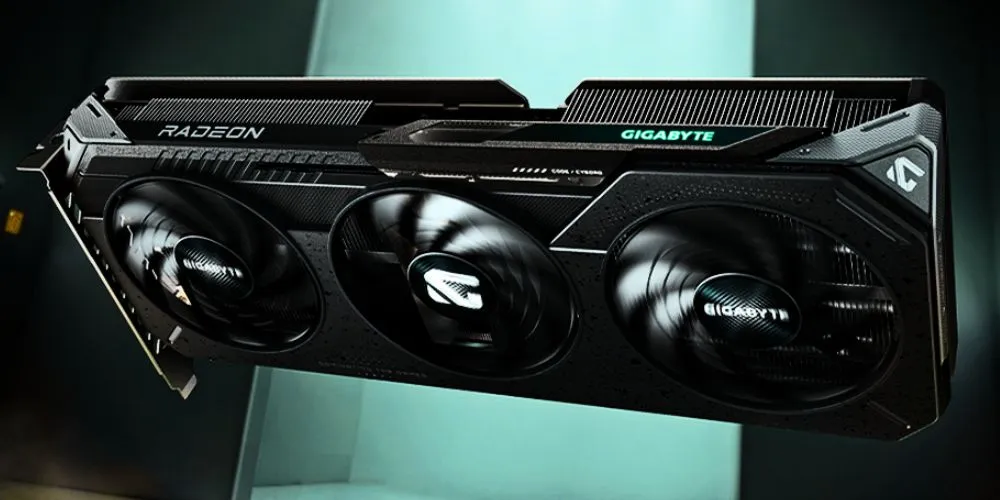Key Points
- AMD’s RX 9060 XT comes in 8GB and 16GB variants, sparking backlash over the lower memory option.
- Critics argue that 8GB of VRAM is insufficient for modern games, even at 1080p.
- AMD’s Frank Azor defends the 8GB model, citing demand from 1080p and esports gamers.
- Experts urge AMD to differentiate the models better to avoid consumer deception. The 16GB version is recommended for better performance and long-term value.
AMD has responded to growing criticism over its decision to release an 8GB version of the newly unveiled RX 9060 XT graphics card, which also comes in a 16GB configuration. The backlash stems from gamers and tech reviewers who argue that 8GB of VRAM is inadequate for modern gaming in 2025.
Prominent voices, like Spanish YouTuber Michael Quesada, questioned the logic of releasing GPUs with only 8GB of VRAM. AMD’s gaming and consumer marketing head, Frank Azor, defended the move, pointing out that most gamers still play at 1080p resolution and prefer esports titles that don’t require large VRAM capacities. Azor emphasized that AMD offers the 16GB version for users who need more, stating, “Same GPU, no compromise, just memory options.”
However, critics argue that the problem lies in the VRAM capacity and the naming convention. Both 8GB and 16GB models carry the same RX 9060 XT branding, which can mislead buyers, particularly those purchasing prebuilt systems that don’t list full specs. Consumers may assume they’re getting the higher-end 16GB version when it’s the lower 8GB variant, potentially overpaying.
Analysts and enthusiasts suggest that AMD should have differentiated the cards through separate naming, such as dropping the “XT” for the 8GB model or using a different suffix entirely. This would prevent confusion and protect consumers from system builders’ deceptive practices.
Despite the controversy, AMD earns some praise for maintaining full PCIe lane support on the 8GB version, avoiding hardware downgrades seen in past models. Still, concerns remain about the 8GB variant’s longevity and suitability for future game releases.
Buyers are advised to choose the 16GB version for better performance and future-proofing, provided the price gap remains modest and supply remains stable.










